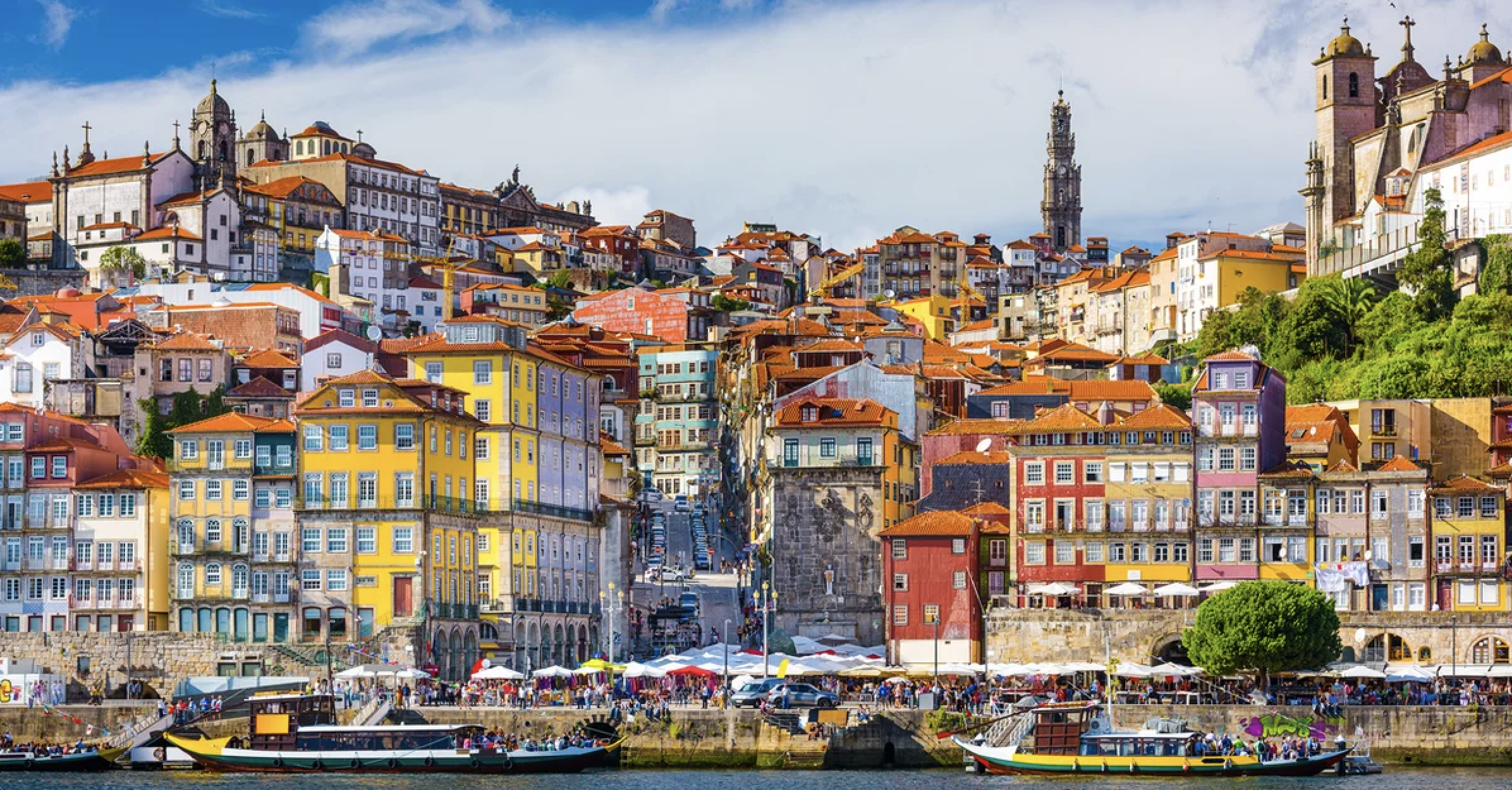Port Wine.
Words/photos: Lindsey Byrne I Sommelier + FloristGrown in northern Portugal’s Douro River and aged in the caves of the eponymous port houses of the northwestern Portuguese city of Port let’s explore this classic fortified wine.
A sweet sip after dinner, or maybe you’ve tried the classic blue cheese and port wine pairing as an apertivo. Port wine has much more to offer than it’s position as the stuffy postres to which it’s long been relegated.
A unique blend of more than fifty-two indigenous Portuguese grapes. Come harvest, producers from the Douro River Valley, just east of Porto, hand pick these juicy wonders at just the right time. Protected as a UNESCO world heritage site the ancient terraced vineyards are too narrow for commercial tractors to navigate so, this discerning practice remains.
After sorting and destemming, the grapes are placed into wide open-top fermenting tanks called lagers. Used to both crush the grapes and intensify the color extracted from their skins, these granite vats are rarely used in winemaking practices elsewhere. Next the grapes are often crushed mechanically, though some producers still use the foot stomping method!
On to fermentation, where we let yeast do it’s thing. Although in port’s case it is not for long.
The crushed grapes are transferred to fermentation tanks, where they will be left to ferment until they reach “Baumé” or the optimal sugar level. One the desired sugar level is achieved the producer adds brandy spirits. Alcohol level rises and the yeasts are no longer active and fermentation stops.
With the brandy evenly added, voila we have the first stage of port.
But we’re not quite done. We have to take a trip up the Douro River to the port caves of Porto to age this fortified wine.
Legally port must be held for at least two years before its release. Furthermore, the different styles of port particularly ruby and tawny will be determined by the aging process.
Ruby port, the sweet and fruity blended wine with notes of blackberry, raspberry, cinnamon and chocolate is enjoyed young and is often aged in large oak Barrels or “Balseiros.”
These oak barrels are hand crafted by a team of coopers, taking weeks to complete and the finished product is roughly the size of a mini cooper!
To get into the finer details of Ruby Port, Ruby Reserve is a premium style of Ruby Port similar to a Vintage Port, but is best enjoyed young. A Late Bottle Vintage ages 4-6 years in barrel and has the same quality as Vintage Port, but is best enjoyed young. Vintage Port is a single, unblended wine aged in barrel for 2-3 years then bottled and aged for additional time. These top tier Ruby Port wines get better over time and are best enjoyed after 20-40 years.
Tawny port, aged in small oak pipas similar in size to a French barrique must be aged for at least two years and has rounder more developed flavors. Think caramel, hazelnut, clove and fig. A simple two year Tawny is sweeter on the palate with less nuttiness and complex flavors than its older counterparts. 10, 20, 30 and even 40 year old Tawnies will have decreasing fruit notes with age while acquiring softer caramel, baking spice and nuttier flavors. The oldest and finest Tawny Ports will have rich nutty and caramel flavors with more subtle and complex notes like: graphite, green peppercorn and almond.
A unique Tawny, a Colheita is a special single harvest Port the winery releases after ten years or more. While the bolder and nuttier Reserve Port ages for seven years and can be enjoyed with rich cheeses or pannancotta.
Tawny and Ruby Port are considered the gold standard of Port, but white and rose Port also have their place at the table.
A unique blend of varietals including Riobigato and Viosinho white Port lends notes of apricot, citrus peel, baked apple and roasted nuts. The standard white Port is not too sweet, light and citrusy. While the skin contact rosé Port, made from the same red Port varietals, is a refreshing drink at anytime. Enjoyed with a soda or a tonic or a splash in your cocktail, white and rosé Port are quickly becoming a popular addition to new sundowner cocktails.
You don’t have to travel far to bring the terraces of the Douro River Valley or the cobbled streets of Porto to your glass, simply pick up a bottle of Port at your next grocery stop. Graham’s, Warre’s, and Sandeman are just a few favorites.
